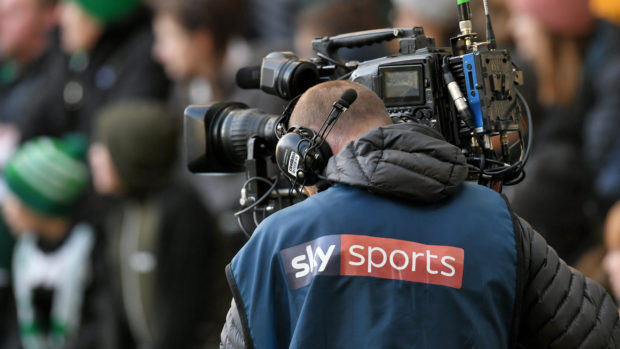Could this hellish coronavirus be the catalyst for potentially radical change in football?
Might a return to the way things were before the financial boom in the game over 20 years ago, and an end to the domination of the super wealthy, be the surprising end product of this contagion?
As the game struggles to contend with no fixtures and dramatically reduced, and in many cases no income for clubs, the realities and the enormity of the possible changes ahead are slowly dawning.
The era of mega transfers and indeed huge wages may be over, signalling the possibility of a more equal and competitive game.
With the nation in lockdown awaiting either mass testing or a vaccine, or a combination of both, to ensure the safety of our loved ones, then any restart date for football is guesswork, and in the greater scheme of importance, of a secondary nature.
However, the future prospects for the game once this nightmare is over are shifting daily, like the sands in a Sahara storm.
The view of what might lie ahead once the tempest has eventually passed is changing by the moment, and the picture for football once the canvas is completed, may come to resemble an old master instead of modern art.
Even if the ban on mass gatherings is lifted sooner rather than later, we have no way of knowing how many folk will be prepared to return to football grounds, and sit in an environment where they put themselves and others at risk, having just undergone what is a currently unknown period of self isolation.
The potential hemorrhaging of income from gate receipts and from all other sources could completely transform the current model of big wages and massive transfer fees at the top level.
TV and broadcasting rights bring in a massive percentage of the money which has seen the English game and other big leagues dwarf the income in smaller countries like Scotland.
That might be about to alter significantly.
Depending on how long we are without football, the denial of that mammoth income stream from broadcasting money will impact enormously on clubs, with no guarantee that it will return at the same level as previously.
The vast bulk of costs to clubs big and small are in wages to players.
At the top level the wages paid are colossal, and the gap between the richest and the poorest has gown to unbridgeable proportions.
Even the very big clubs, who are cash-rich, or those who are smaller but have independently wealthy owners, cannot sustain indefinitely outgoings which massively outstrip income.
Some clubs are hopeful of early season ticket sales and merchandising plugging the gap, but that is the equivalent of trying to keep the Titanic watertight with a cork.
Football is a business like no other, but it is still a business.
When the model of any industry changes as dramatically as is the case currently, with revenues falling off a cliff, then simple survival becomes the ambition.
Future viability may mean huge wage and transfer fee reductions, and a return to a more competitive football landscape.










